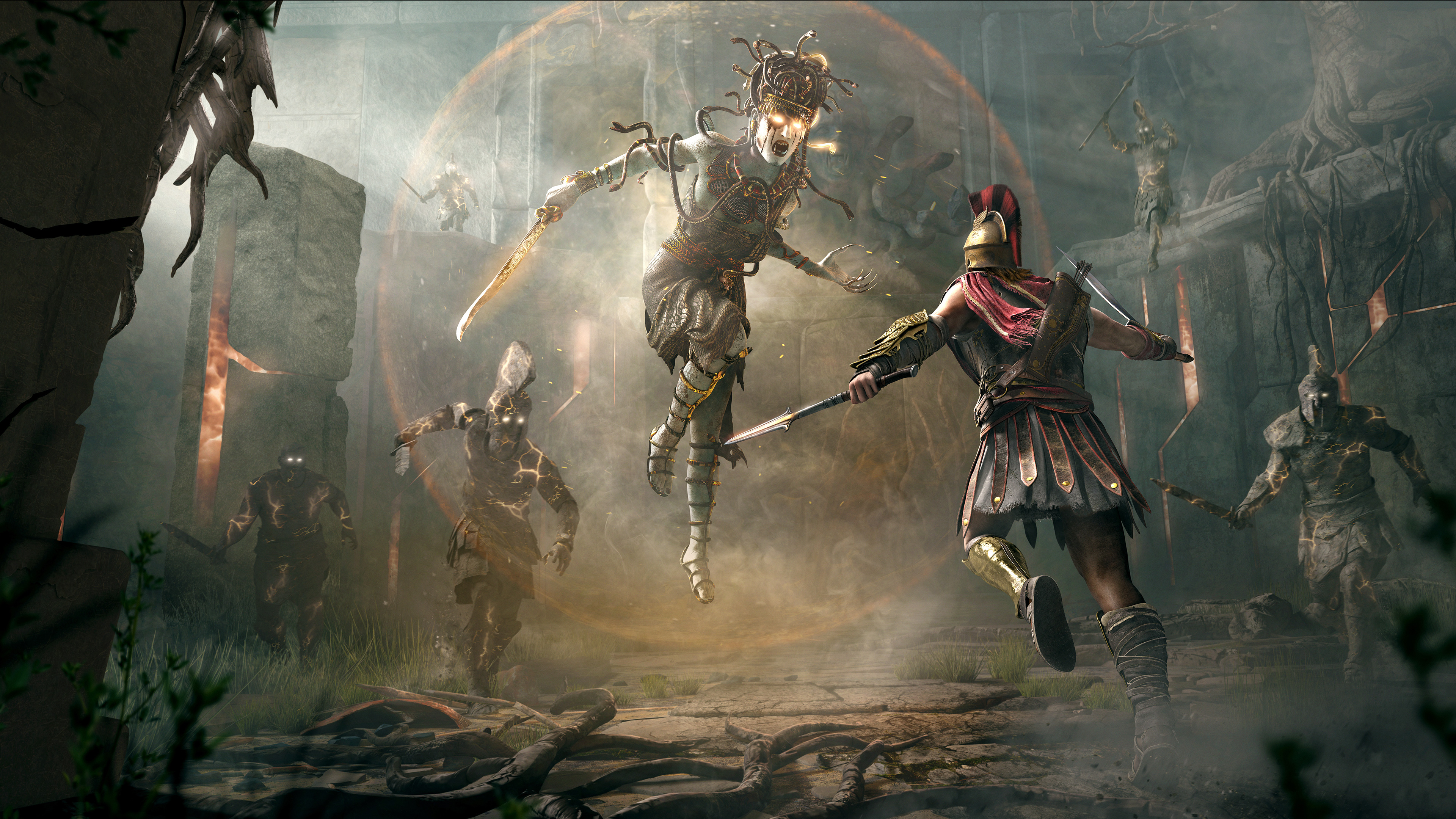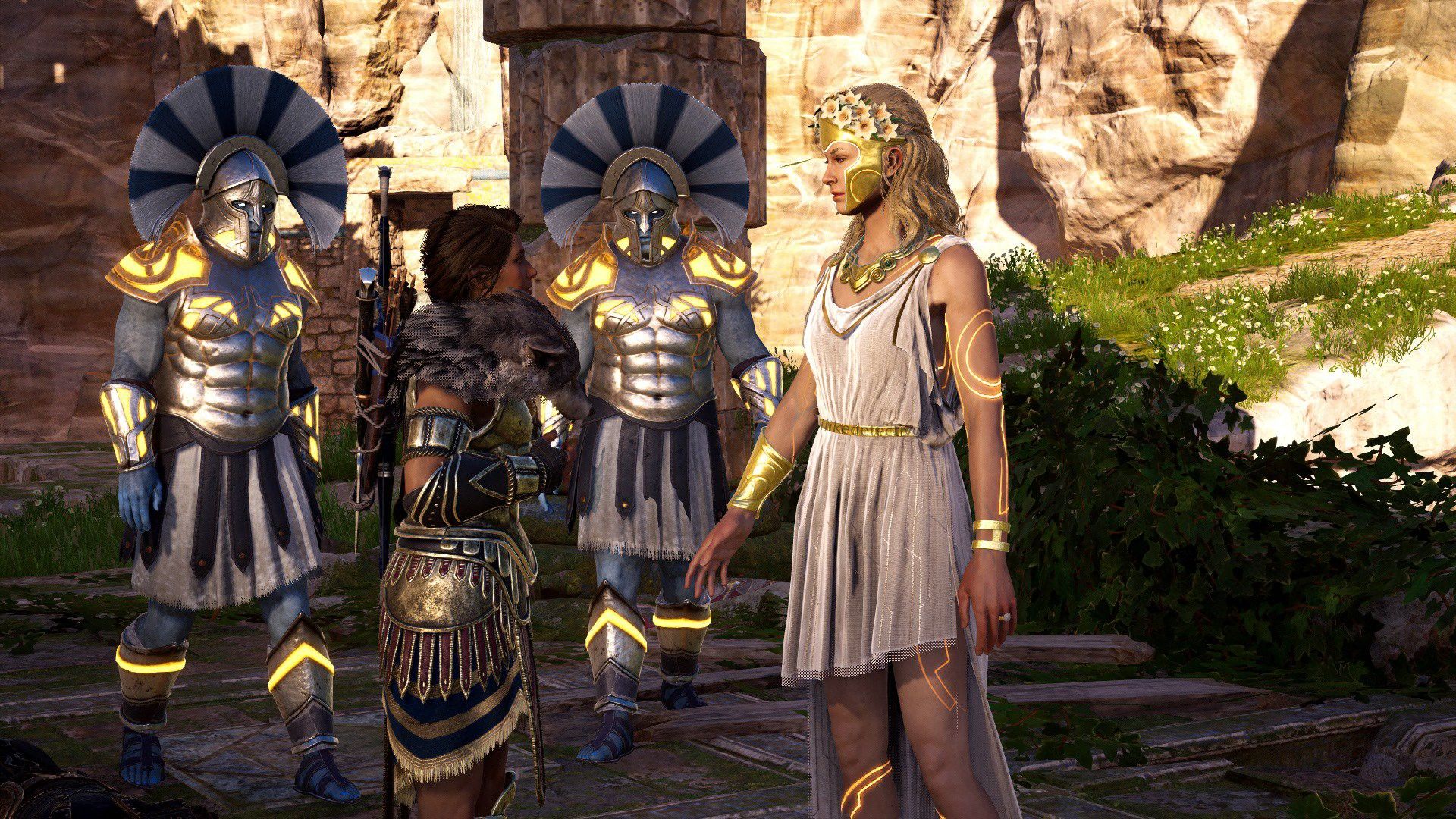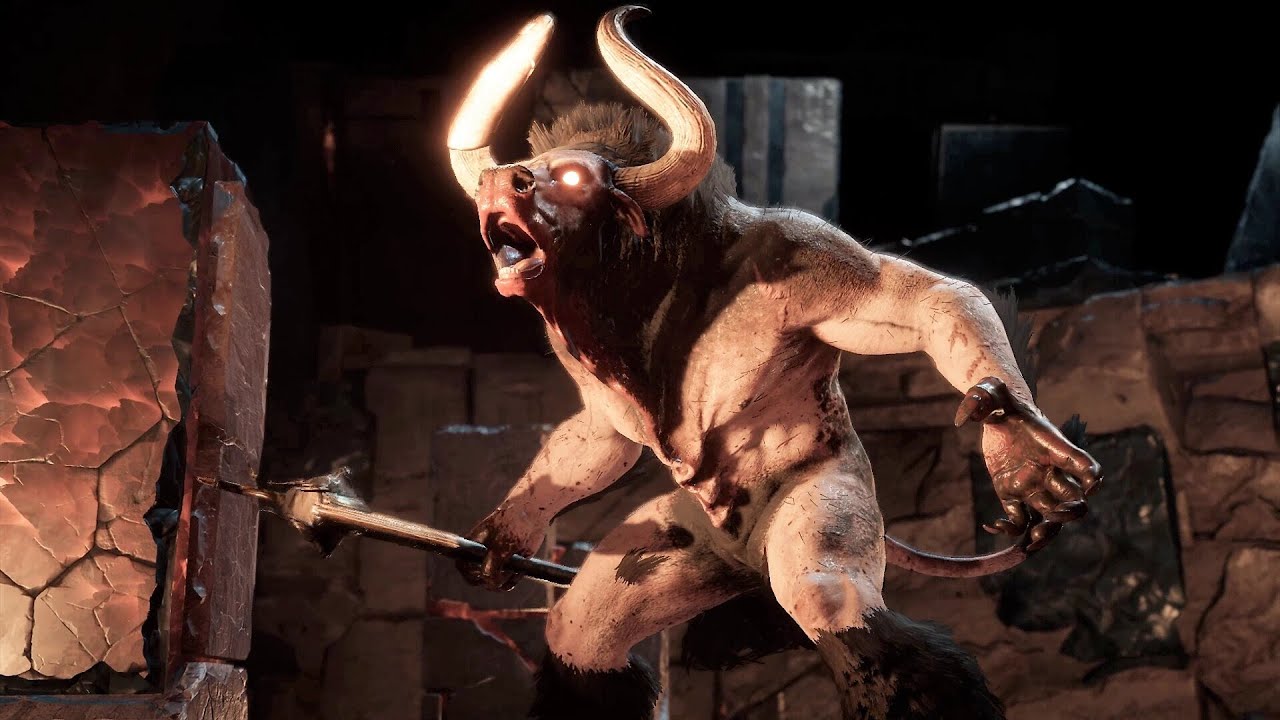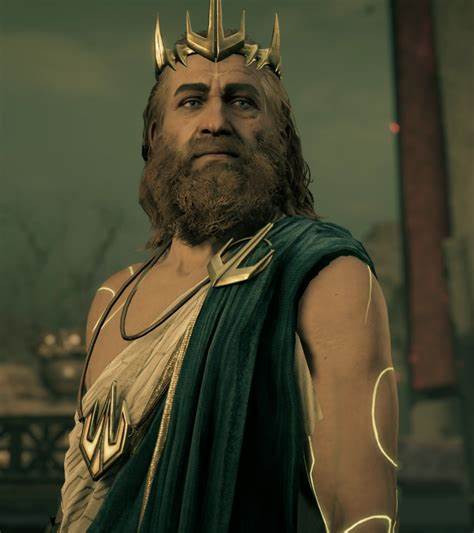
Mythology
What Greek Mythical elements were used while making the game?
Assassin’s Creed Odyssey* weaves Greek mythology into its narrative by featuring legendary figures, mythical beasts, and artifacts linked to ancient lore, blending historical events with supernatural elements. The protagonist, Alexios or Kassandra, encounters various mythological creatures, often tied to the artifacts of the First Civilization (Isu) — a precursor society whose advanced technology was perceived by ancient Greeks as divine or magical.

One of the most iconic encounters is with the Minotaur, a creature from the myth of King Minos of Crete. The player faces this monstrous half-man, half-bull in the labyrinth of Knossos, mirroring the myth of Theseus and the Minotaur. Similarly, players confront the Medusa, a terrifying Gorgon with the power to turn people to stone, in the petrified forests of Lesbos. Medusa, here, is reimagined as a guardian powered by Isu technology, linking mythology with science fiction.


The game also features the Sphinx, an intelligent and enigmatic creature that poses riddles to test the protagonist, much like in the classic myth of Oedipus. The Sphinx’s lair is part of a quest to retrieve powerful artifacts, tying directly into the Isu’s advanced, reality-bending relics.
Odyssey further explores Greek myth through the legendary Cyclops, Polyphemus, and artifacts linked to the gods Hermes, Poseidon, and Artemis. Players uncover insights into the First Civilization’s influence on these myths, reinterpreting the gods as Isu beings whose technology shaped human beliefs.

In Odyssey, these mythological elements aren’t mere fantasy but are explained as products of an advanced civilization’s remnants, giving a science fiction twist to Greek legends and offering players a unique lens through which to experience these ancient stories.